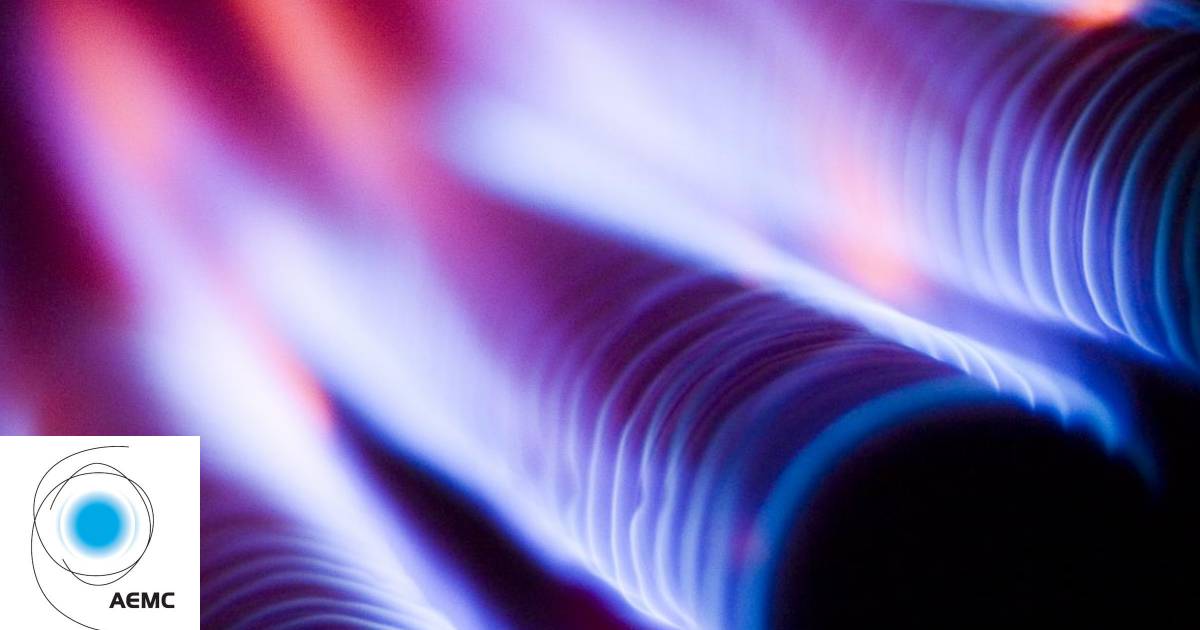Where South Australia has already gone with some solar inverter standards, most other states will follow by the end of this year.
The Australian Energy Market Commission announced this morning compulsory new standards will come into effect in for new and upgraded solar power systems in Queensland, New South Wales, the ACT, Victoria and Tasmania that are connected to the grid from mid-December. While this also applies to South Australia, SA has already implemented the changes.
The reason why the Northern Territory and Western Australia are not affected by the changes is those two regions are not part of the National Electricity Market (NEM).
The new standards will ensure that home solar systems won’t ‘trip’ or disconnect as a result of voltage disturbances on the network.
The good news is South Australia was a trailblazer in this regard – it has required low voltage ride through (LVRT) capability for new and upgraded systems since late September last year. While implementation turned out to be a quite a shitfest given the short lead time, it means many inverter manufacturers are now on board with solar inverters that comply.
“These new standards allow us to do two important things at once – welcome more new technologies into the power system and at the same time help protect grid stability,” said AEMC Chief Executive Benn Barr. ” The more we keep the system stable, the more solar we can connect up and the faster we can decarbonise.”
More Changes On The Horizon
Mr. Barr said the new standards are just the start of changes the AEMC is examining, with view to “future-proofing” the NEM electricity system so that it can handle more solar capacity.
The AEMC is also considering changes to pricing structure to provide incentives to solar owners (and owners of other distributed energy resources) to export power when it is of most value to the NEM. Additionally, the Energy Security Board is also considering various issues, with recommendations for public consultation due to be released next month.
Something else already happening in South Australia that may also be on the cards for other states is remote inverter disconnect – but don’t panic. This would only be used as a last resort for brief periods and likely have very minimal impact on the economics of solar power systems. This too would help ensure more Australian households have the opportunity to slash their electricity bills by going solar.


 RSS - Posts
RSS - Posts



Does this mean I can get something changed on my 18 month old solarhart/solaredge inverter that will allow me to continue using solar in my house (currently not allowed) during a blackout?
At the moment both feed to the grid and feed to my house is blocked during a blackout. I did not realise this would be the case when I had the solar installed.
It’s a legal requirement that a grid tied solar PV inverter (or any power source) not be able to supply power to the lines when the grid is down.
Otherwise line workers can be exposed to lethal voltages while performing repairs or maintenance.
This can be done in two ways:
1. the inverter shuts off with the grid supply.
2. there is special equipment installed which, when the grid goes down, automatically isolates the home’s circuits from the grid so that the home can form its own micro grid and continue operating on its own. Usually this requires a battery to ensure the supply-demand balance on the home’s micro-grid is maintained, although some inverters are able to manage low power backup micro grids without a battery.
In either case the home’s own power generation system (i.e. the solar PV system) must not under any circumstances supply voltage to the grid when the grid is down.
Option 1 is what’s in place for at least 98% of homes with solar PV.
Option 2 is significantly more complex/expensive than option 1.
“The new standards will ensure that home solar systems won’t ‘trip’ or disconnect as a result of voltage disturbances on the network.” It would be helpful to hear what changes this actually entails and what it means for owners of solar panels. Previously, inverters would commonly isolate from the house supply if the voltage at the inverter exceeded a preset level – 264 volts I think. This protects appliances in the household, and possibly, further afield. So what will be the situation under the new regulations?
No real change for homeowners. Inverters are just less likely to shut down if there is a certain type of rare disturbance in the electrical grid.